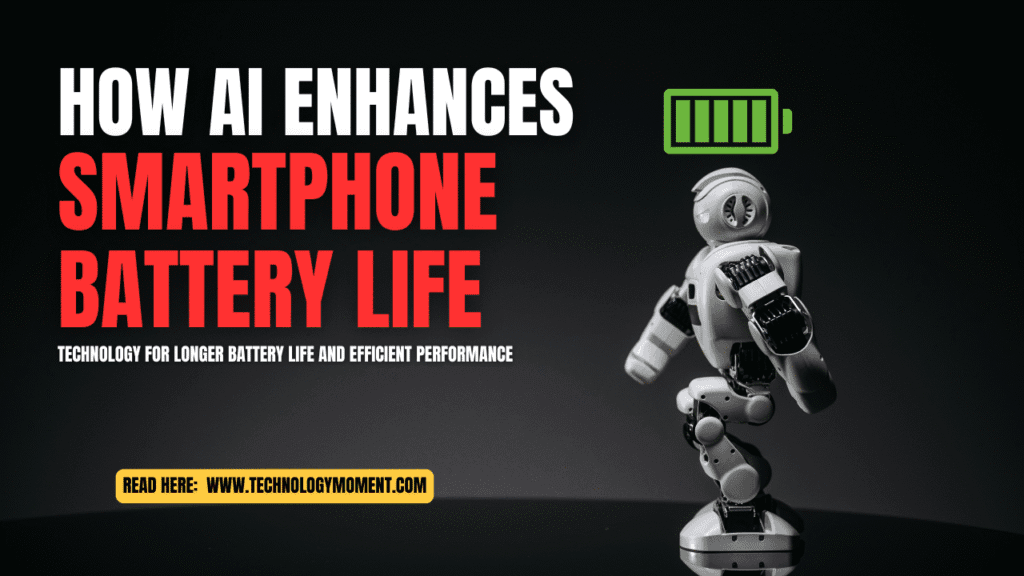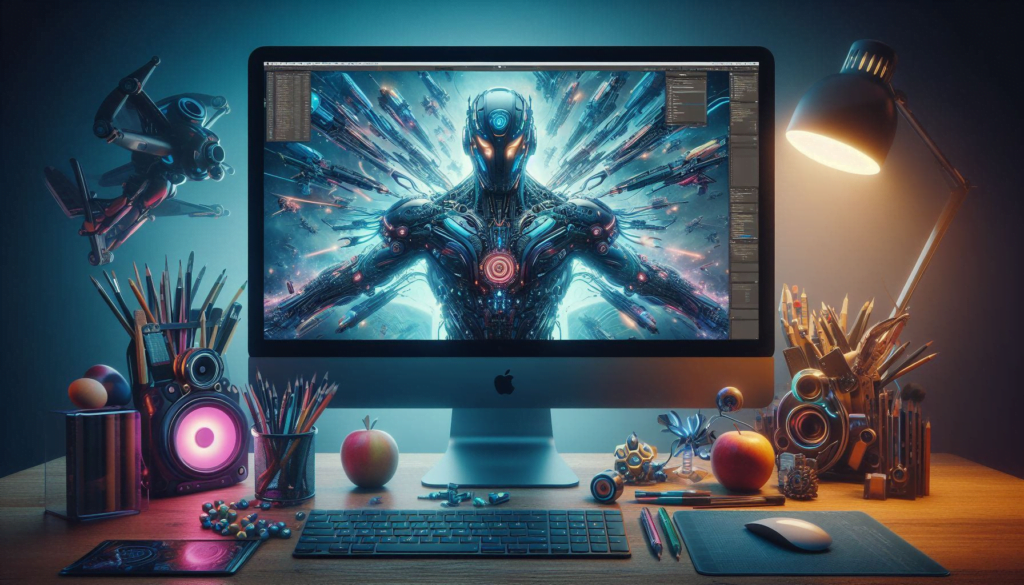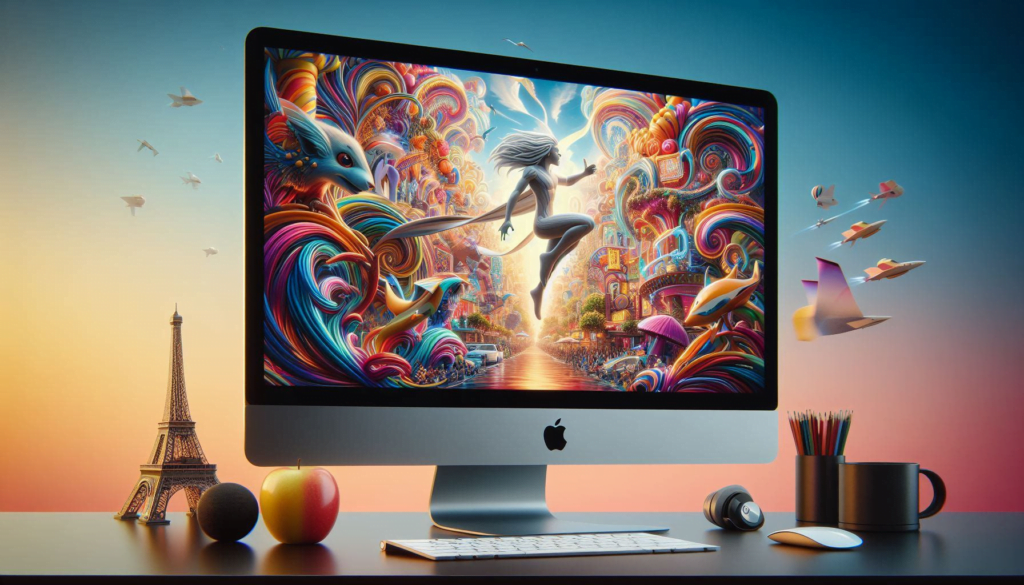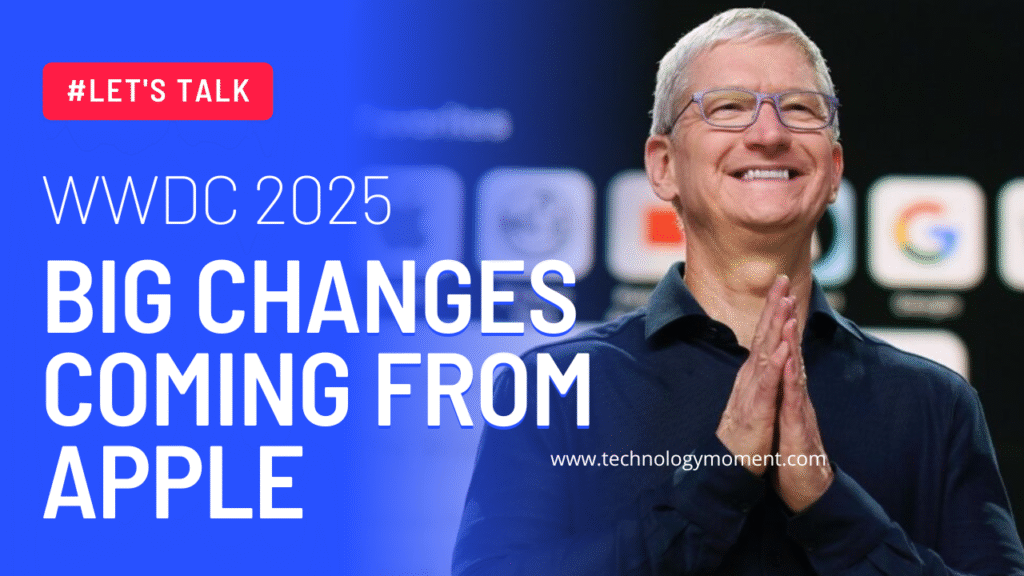
Welcome to Technology Moment, your space for easy-to-understand tech insights. We know how frustrating it feels when your phone’s battery drops to 10% just when you need it most. That little red icon can ruin your mood, right?
Here’s the good news—Artificial Intelligence (AI) is changing the way smartphones handle power. It’s not just about dark mode or low power mode anymore. AI is learning from how you use your phone and making smart choices to keep your battery alive longer.
In this article, we’ll dive into how AI enhances smartphone battery life optimization now. We’ll keep it simple, practical, and real. You’ll see how AI predicts your app usage, manages charging, balances performance, and even helps reduce battery wear over time.
So, grab your phone (hopefully still charged!) and let’s explore how AI is becoming your hidden partner in saving power.
Table of Contents
Understanding Smartphone Battery Challenges
Think about it—when was the last time your phone actually lasted an entire day without charging? Most of us plug in halfway through because modern smartphones are like mini-computers in our pockets. They run apps, stream videos, connect to the internet 24/7, and push out notifications non-stop. All of this eats up power faster than you might expect.
One of the biggest challenges is background activity. Even when you’re not using your phone, apps like social media, email, and messaging quietly refresh in the background. This might feel harmless, but those tiny updates pile up and drain the battery.
High-performance hardware adds to the problem. Today’s phones have processors powerful enough to run console-quality games, but more power also means more energy consumption. Add bright displays, high refresh rates, and constant 5G or Wi-Fi usage, and your battery is under constant stress.
The traditional fixes—like battery saver modes—simply cut performance or dim the screen. They don’t actually think about your habits. This is why AI has become a game-changer.
AI and Battery Management – The New Game Changer
So, how does AI step in? Instead of applying the same rule to every user, AI learns from you. It studies your daily routine—when you pick up your phone, which apps you use, how long you use them—and then creates a personal power plan.
Imagine AI as a smart caretaker. If you’re usually asleep at 2 AM, AI knows it doesn’t need to keep all apps active in the background. If you always watch YouTube after work, it prepares resources for that time instead of wasting them all day.
The beauty of this is real-time learning. AI doesn’t just follow preset rules. It adapts constantly. As your habits change, your phone’s power usage changes with you. That means your phone feels faster when you need it and conserves energy when you don’t.
Here’s where AI shines the most. Instead of blindly closing apps or turning things off, it predicts what’s useful to you. For example, if you open your maps app every morning for navigation, AI ensures it’s ready to go, fully optimized. At the same time, apps you rarely touch are quietly restricted so they don’t hog battery in the background.
This is far smarter than the old “battery saver” approach. Rather than cutting everything down, adaptive power management creates balance. You still enjoy the features you love, but your phone doesn’t waste energy where it’s not needed. Over time, this means smoother performance and longer-lasting battery life.
Smart Charging with AI
Charging habits play a huge role in battery health. Many people leave their phones plugged in overnight, which slowly wears out the battery. AI solves this by controlling how the battery charges.
Instead of rushing to 100% and sitting there all night, AI slows down the charging process once it hits about 80–90%. It times the last 10% so your phone is ready just before you wake up or unplug it. This reduces stress on the battery and helps it stay healthy for years.
Some systems even track your schedule. If you usually charge your phone in the evening, AI adapts to that habit. Over time, your device learns your routine and optimizes charging to match. The result? A battery that not only lasts longer each day but also has a longer overall lifespan.
AI in Performance vs. Power Balance
We’ve all faced that tough trade-off: do you want maximum performance, or do you want more battery life? AI makes this choice easier by balancing both in real time.
When you’re gaming or editing photos, AI boosts CPU and GPU power so your experience stays smooth. But the moment you switch to simple tasks like texting or browsing, it reduces performance demands to save power. This happens so seamlessly that you don’t even notice.
It’s like having a car that automatically switches between sport mode and eco mode depending on how you drive. You get power when you need it, and efficiency when you don’t. That’s the magic of AI—always adjusting, always optimizing, and working quietly in the background to give you the best of both worlds.
Think about the apps on your phone for a moment. Some you use every day, while others just sit there quietly draining your battery. That’s where AI steps in. Instead of applying the same rules to all apps, AI looks at how you actually use them. If you open WhatsApp ten times a day, AI keeps it active and ready. But if you only open a shopping app once a week, AI limits its background activity.
This approach means your phone isn’t wasting energy on apps you don’t care about. It feels personal because it adapts to your habits. Over time, your phone almost “knows” you—like a smart assistant making sure every drop of power goes where it’s needed most.
AI and Display Management
Your display is one of the biggest energy eaters in your smartphone. Brightness, refresh rate, and color intensity all consume power. AI makes your screen smarter by adjusting these settings without you noticing. Imagine walking from a sunny street into a dim café. Normally, you’d squint or manually adjust brightness. With AI, the phone senses the change and adjusts instantly.
It doesn’t stop at brightness. Many modern phones use AI to adjust the refresh rate, too. For reading text, it lowers the rate to save power. For gaming or video, it boosts it to give you smooth performance. This way, you get the best of both worlds—great visuals when you need them and longer battery life when you don’t.
Staying connected is important, but networks drain a surprising amount of energy. Constantly switching between 4G, 5G, and Wi-Fi uses up more power than you think. AI helps by learning your routine. If it knows you always connect to home Wi-Fi in the evening, it prepares your phone to switch smoothly. If your signal is weak in certain areas, AI reduces background syncing to save energy until you’re in a stronger coverage zone.
The result? Your phone spends less time searching for signals and more time giving you the power you need. It’s a small adjustment, but when multiplied across the day, it can add hours of extra battery life.
Battery Health Predictions
Batteries don’t last forever, but AI makes sure they last longer. It studies your charging habits, how often you drain your phone, and even the temperature conditions around you. Based on this data, it can predict when your battery health might start to drop. Some systems even give you alerts, suggesting small changes like avoiding overnight charging or using optimized charging modes.
This isn’t just about daily power—it’s about the long game. A battery that could have lasted two years might now stretch to three or four, simply because AI guided you to take better care of it.
AI in battery management isn’t just theory. Major brands have already built it into their systems. Apple, for example, uses “Optimized Battery Charging” in iPhones. It learns your charging routine and slows down charging once it reaches 80%, finishing only when you usually unplug in the morning.
Google’s Android devices use something called “Adaptive Battery.” It studies which apps you use the most and limits resources for the ones you rarely touch. Samsung has added AI tools in Galaxy phones that adjust performance and charging patterns for longer life. Similarly, OnePlus and Xiaomi have built adaptive charging and smart background management into their systems.
All these examples show that AI isn’t just a buzzword. It’s already working silently in the background, helping millions of users worldwide squeeze more life out of their batteries without even thinking about it.
AI and Future of Wireless Charging
Wireless charging has come a long way, but let’s face it—it isn’t perfect. Many of us complain that it feels slower than traditional wired charging and sometimes heats our phones more than we’d like. This is where AI is set to make a huge difference. Imagine a wireless charger that doesn’t just pump energy blindly but actually thinks while charging your device.
AI can analyze your charging habits, such as how long your phone usually stays on the pad, and adjust the speed accordingly. If you drop your phone on the charger for a quick top-up before heading out, AI can deliver faster charging safely. If you usually leave your phone overnight, it slows things down to protect the battery from stress and overheating. Some companies are even working on AI-powered charging pads that detect multiple devices and distribute power intelligently between them. That means no more fighting for energy when your earbuds, smartwatch, and phone all share the same spot.
In the future, AI may even enable wireless over-the-air charging. Picture walking into a room where your phone starts charging automatically without touching a pad. AI would monitor your device’s battery level, energy needs, and distance from the power source to ensure safe and efficient charging. That’s not science fiction anymore—it’s a glimpse of what’s coming.
We often talk about battery life in terms of convenience, but there’s a bigger story here—sustainability. Every time a smartphone battery wears out, many users replace the entire device. That adds to global e-waste, which is already a massive problem. AI-driven optimization helps tackle this issue head-on.
By reducing unnecessary battery strain, AI extends the life of batteries. A phone that lasts three or four years instead of two directly reduces waste. It also means fewer raw materials like lithium and cobalt need to be mined, which helps the planet. AI isn’t just making your phone smarter; it’s making it greener too.
And here’s another interesting angle: AI also optimizes charging efficiency. Less wasted energy during charging means lower electricity use in the long run. It might feel like a small change for one person, but imagine millions of people worldwide saving energy daily. The combined impact is huge.
So, when we talk about AI in smartphones, we’re not just talking about personal convenience—we’re talking about a tool that supports a cleaner, more sustainable future.
Challenges of AI in Battery Optimization
Of course, no technology is perfect, and AI in battery management comes with its own challenges. One of the biggest issues is privacy. For AI to learn your habits, it needs to track how you use your phone—what apps you open, how long you use them, even when you typically charge your device. While companies say this data stays on your phone, people are right to be cautious.
Another challenge is mismanagement. AI isn’t always accurate. Sometimes it may restrict an app you actually need, or it might save too much power at the cost of performance. Imagine playing a game and suddenly experiencing lag because the AI decided to cut back on resources. That can be frustrating.
Finally, there’s the issue of compatibility. Not all smartphones can run advanced AI algorithms efficiently. Lower-end models might struggle, meaning these features often show up first in premium devices. This creates a gap between users who can access AI battery optimization and those who can’t.
The technology is promising, but we have to address these hurdles for AI-powered battery life to reach its full potential.
Looking ahead, the future of AI in smartphone batteries feels incredibly exciting. We’re moving toward devices that won’t just last longer per charge but will actually stay healthier for years. Imagine buying a phone today and still getting strong battery performance five years later, all thanks to AI’s smart management.
AI will likely become even more personalized. Instead of general predictions, it will learn your exact lifestyle. If you’re a frequent traveler, AI could prioritize roaming and network efficiency. If you’re a gamer, it might focus on balancing performance with cooling. The more it learns, the closer it gets to being your personal energy assistant.
And the scope won’t stop with smartphones. Wearables, laptops, and even smart home devices will benefit from AI-driven energy management. In fact, future smart ecosystems might share power data between devices, ensuring everything works together smoothly.
AI battery optimization is just getting started. The best part? Each new leap means fewer battery headaches and a longer, smarter, and more sustainable relationship with our gadgets.
Conclusion: smartphone battery life optimization
Battery life has always been one of the biggest pain points for smartphone users. With AI, that pain is finally easing. From smarter wireless charging to extending battery health and promoting sustainability, AI is changing how we think about energy on the go. Yes, there are challenges like privacy and performance balance, but the benefits outweigh them. The future is clear—AI won’t just keep our phones alive longer, it will keep the planet healthier too.
FAQs
How exactly does AI improve battery life?
AI studies your usage patterns and adjusts background processes, charging cycles, and performance settings to reduce unnecessary power drain.
Can AI stop apps from draining my phone’s battery?
Yes, AI can identify energy-hungry apps and limit their activity when you’re not using them, saving power in real time.
Is AI battery optimization available on all smartphones?
Not yet. Most premium phones already have these features, while mid-range and budget models are slowly adopting them.
Does AI extend the physical life of a battery?
Yes, by managing charging cycles and reducing stress, AI helps keep batteries healthier for longer, delaying degradation.
What’s the future of AI in smartphone power management?
The future includes smarter wireless charging, personalized energy management, and AI working across multiple devices for seamless optimization.






